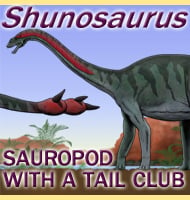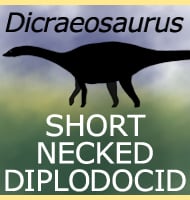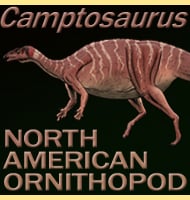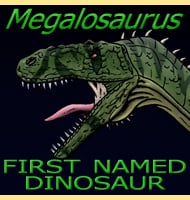Shunosaurus
In Depth The large number of well-preserved Shunosaurus individuals that have been recovered has revealed much about Shunosaurus making it perhaps the most complete sauropod genus known. This material has also allowed palaeontologist to confirm as well as speculate upon new theories for other sauropods that are not as well represented as Shunosaurus. However, despite … Read more



